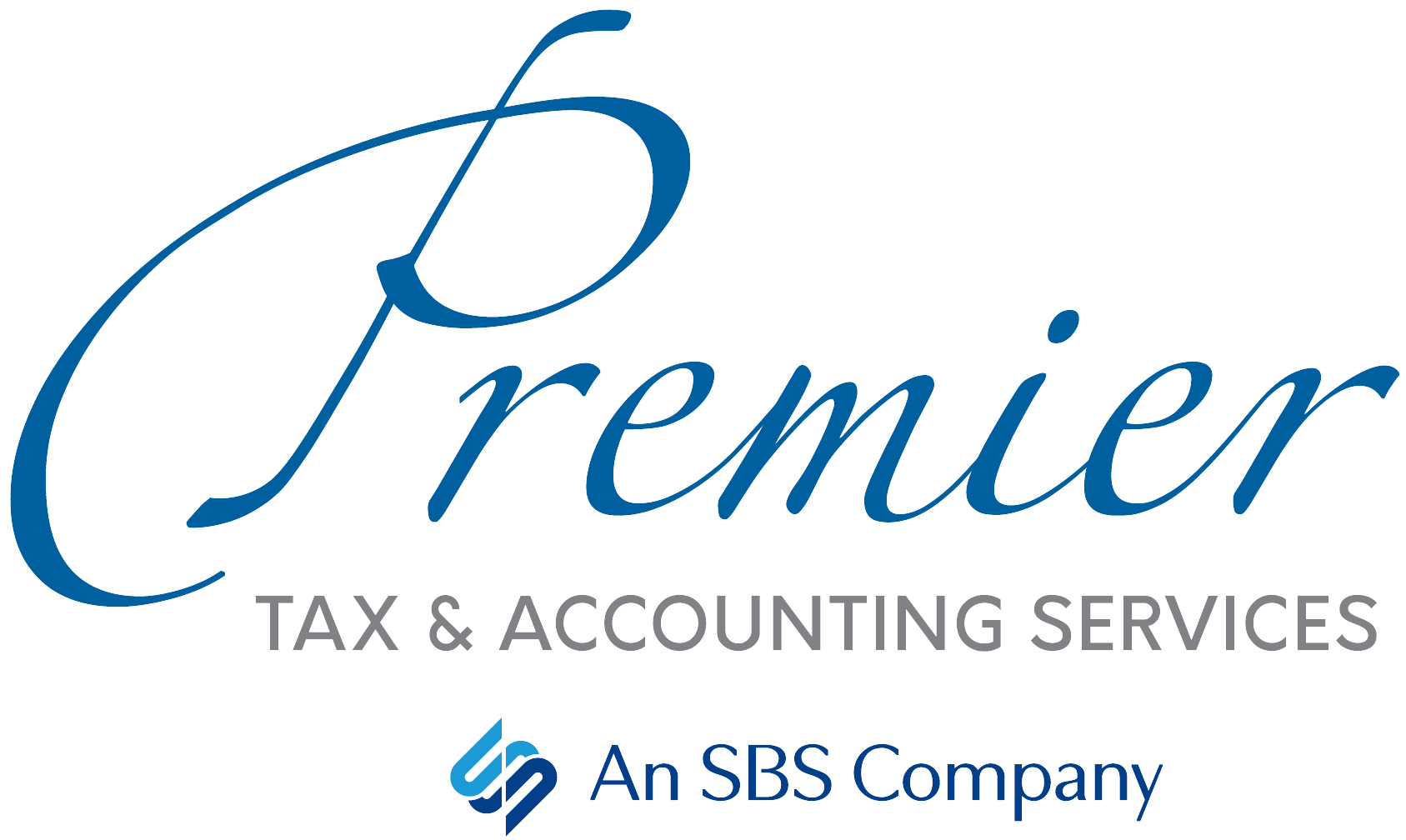A new information policy will soon impact your 401(k) statements, thanks to the Secure Act, which was passed in 2019. The legislation requires special disclosures be added to your quarterly statements issued after June 30.
In addition to the basic information about your investments and the size of your savings, you’ll now also see “lifetime income illustrations.” This information is meant to help you gain a “big picture” view of how long your nest egg may last when you retire. This will be illustrated by showing approximately how much income you would receive each month for the rest of your life if you were to buy an annuity with your current 401(k) savings at age 67.
There will be two examples shown on your statement:
- A “single life” annuity, which pays income to an individual buyer for life.
- A “qualified joint and survivor” annuity, which pays income for an individual and a surviving spouse for life.
Keep in mind that the estimates:
- Are based on your current 401(k) balance.
- Don’t include projections on how your savings may grow and affect your future nest egg.
- Don’t account for Social Security or other retirement savings.
- Assume your full balance will be fully “vested.”
Start Saving More Now
If you’re getting close to retirement age, the new disclosures will give you a clearer picture of your current financial situation. If retirement is still a ways off, however, the estimates will give you a better idea of how much more you should start saving now — while you still have time.
For example, you can better formulate a retirement plan now if you know how much you will have to spend when the time comes. Seeing it on your statement might inspire you to increase your 401(k) contribution — especially if your employer offers a 401(k) match that you haven’t maxed out yet.
Be sure to check with your plan administrator to see if they offer online resources that can help you determine your future income needs. Organizations like AARP and the American Institute of Certified Public Accountants also offer free online retirement calculators.
Did You Know?
Google offers digital training courses and tools to help your small business adapt, grow and better serve your community. Visit Grow With Google for information on improving your online presence, including:
- Setting up an online business
- Getting listed on search & maps
- Using YouTube to grow your business
- Learning about Google tools
- And more
Mid-Year Mileage Rate Increase
Due to rising fuel costs, the IRS is increasing the standard mileage rates for the rest of the year. Beginning July 1, the new business mileage rate will be 62.5 cents per mile, up 4 cents from the current rate. The new rate for deductible medical or moving expenses (available for active-duty members of the military) will be 22 cents, up 4 cents. The 14 cents per mile rate for charitable organizations remains unchanged.
Enhanced Business Meal Deduction Still Available
Don’t forget that, through the end of the year, you can continue to take advantage of the enhanced business meal deduction. For 2021 and 2022 only, businesses can generally deduct the full cost of business-related food and beverages purchased from a restaurant. Otherwise, the limit is usually 50% of the cost of the meal.
To qualify:
- A business owner or employee must be present when food or beverages are provided.
- Meals must be from restaurants (i.e., businesses that prepare and sell food or beverages to retail customers for immediate on-premises or off-premises consumption).
- Payment or billing for the food and beverages (including taxes & tips) must occur before January 1, 2023.
- The cost of food and beverages must be billed separately from any entertainment
- The expense cannot be lavish or extravagant.



